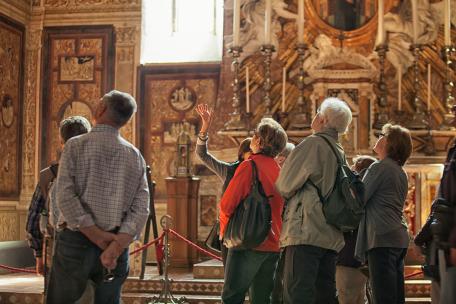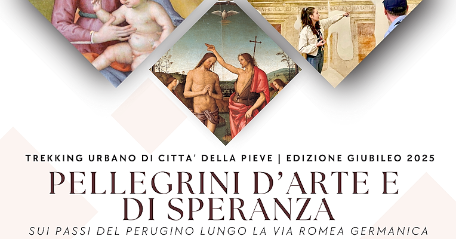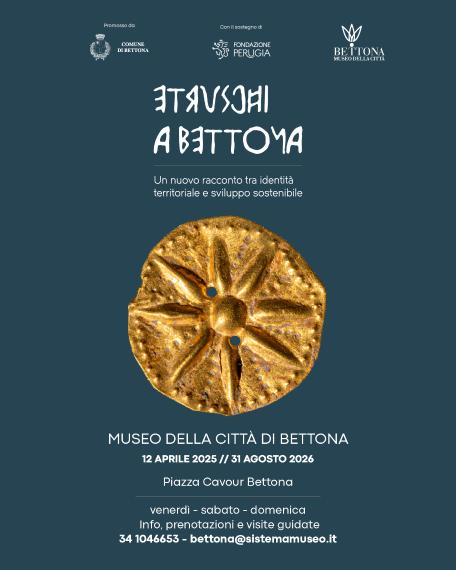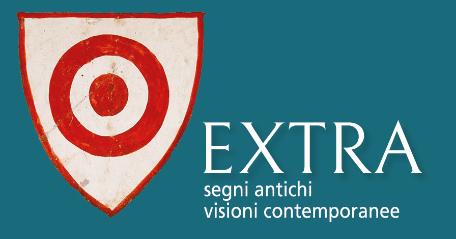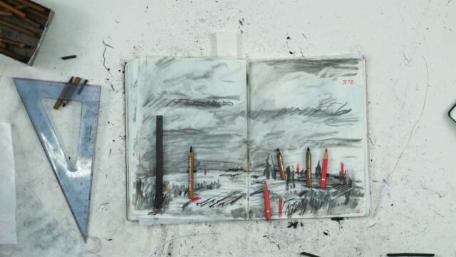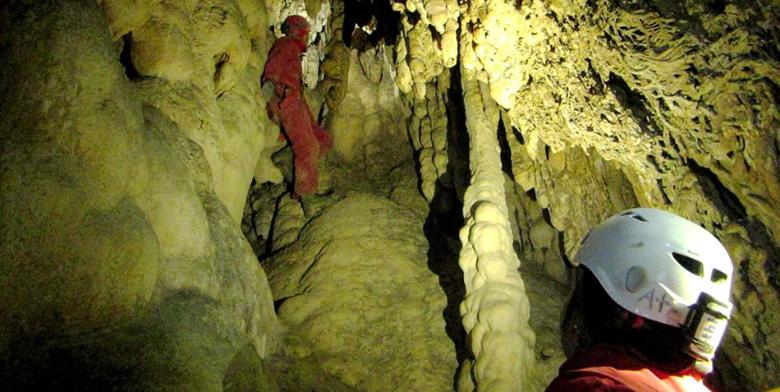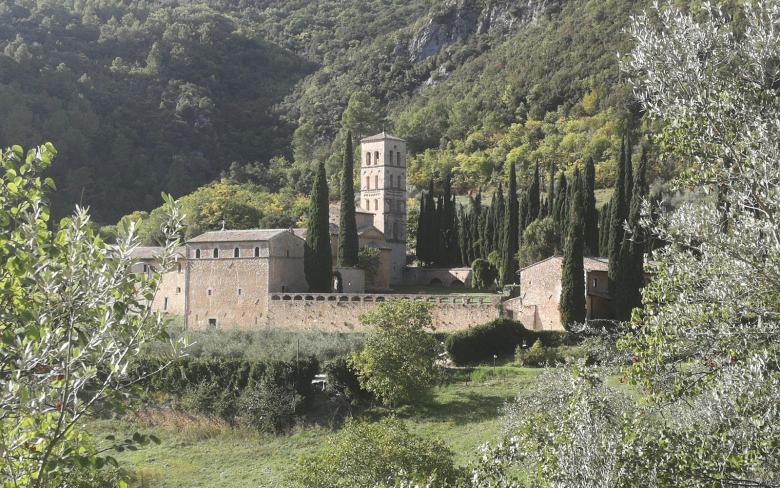Church of Madonna del Carmine in Montefranco
Nestled in the tranquility of the countryside, just outside the town of Montefranco and next to the cemetery, stands the Church of Madonna del Carmine.
With its simple architecture, enhanced by a bell tower that rises into the sky, this building preserves a surprising treasure of frescoes.
At the Origins of Devotion: The Miraculous Image That Inspired the Church
The origins of the church date back to the late 16th century: a manuscript from 1728 recounts that in 1592, an image of the Virgin Mary, placed in a small church built in a locality known as "Cima del Colle”, was at the centre of numerous miraculous events. The growing popular devotion to this miraculous image led to the collection of funds for the construction of a new church, completed in 1615.
The building was entrusted to the Confraternity of Carmine, which had enough income to support four chaplains. In the annexed premises, the confraternity also managed a hospice and provided hospitality to a hermit—the last of whom remained there until 1896.
The cemetery, located at the rear of the church, dates back to the end of the 19th century.
The Beauty of Simplicity: The Façade, The Portal, and The Bell Tower
Built with local limestone, the church has a simple gabled structure. On the façade, one can still see the stone that once served as an alms box. It is divided into three lunettes, the central one serving as a window to illuminate the interior.
The 16th-century portal is made of white limestone and features an imposing wooden door. Above it, though faded with time, a fresco depicting the Holy Family is still faintly visible: the blue of the Virgin’s veil and the violet of St. Joseph’s robe stand out, while the figure of Jesus has now disappeared.
To the right of the building, set back from the façade, rises the majestic 18th-century bell tower, adorned with a large clock from the same period.
A Pure White Colonnade Framing Precious Frescoes
The single-nave interior of the church was renovated in the 18th century with the addition of elegant white columns framing a series of fine frescoes, arranged along six side altars:
- First altar on the left: A 17th-century fresco shows Christ welcoming the Assumption of the Virgin Mary into heaven, surrounded by cherubim and the Holy Spirit. The work is attributed to an unknown local artist.
- Second altar on the left: Features a Nativity scene. Below the lunette above the fresco, a Latin inscription mentions the patronage of Cleria Tazza in 1612.
- Third altar on the left: A late 16th-century fresco depicts the risen Christ ascending into heaven. At his feet are the Virgin Mary in a white veil, Mary Magdalene with a pyx, and Saint Peter with the keys.
- Third altar on the right: The scene shows the Assumption of the Virgin into glory, surrounded by angels, with the apostles in prayerful poses, James and Peter standing on either side of the open tomb.
- Second altar on the right: A Madonna and Child are depicted on a cloud, surrounded by angels and cherubs; below are Saint Francis and Saint Anthony the Abbot.
- First altar on the right: A Crucifixion, with two angels collecting the blood from Christ’s wounds; at the foot of the cross are the Virgin Mary, Saint John, Saint Francis, and Saint Clare.










